Hanoi is planning to develop two cities in the North and West with the expectation of creating new growth poles; however, this model will face many challenges, according to urban planning experts.
After 15 years of expansion and 12 years of implementing the master plan for the capital city, Hanoi has still not achieved its goals of population decentralization and reducing pressure on inner-city infrastructure. While the five satellite cities of Hoa Lac, Son Tay, Xuan Mai, Phu Xuyen, and Soc Son remain in a state of "suspended" planning, the city's population has exceeded the projected threshold by nearly one million, reaching approximately 8.5 million, leading to increasingly overloaded urban infrastructure.
Two cities under the jurisdiction of the Capital City
In a report submitted to the City People's Council in early July regarding the adjustment of the Capital's master plan until 2045, with a vision to 2065, the city government maintained its orientation towards the formation of satellite cities, but proposed a "city within a city" model, with the northern and western cities directly under the Capital.
The city north of the Red River covers an area of 633 km2, comprising three districts: Dong Anh, Soc Son, and Me Linh, with a projected population of approximately 3.25 million by 2045. In the 2011 master plan for the construction of Hanoi Capital City until 2030 and with a vision to 2050 (Plan 1259), Soc Son was one of five satellite cities, but now the northern city will encompass it. The city will leverage the advantages of Noi Bai Airport and industrial zones to create a modern urban image linked to regional services.
The Western City , covering 251 km2, encompasses the two satellite cities of Hoa Lac and Xuan Mai, expanding to the Tich and Bui rivers, with a projected population of approximately 1.2 million by 2045. The city will develop science, technology, and education and training in a modern, ecological direction.
The two satellite cities of Son Tay and Phu Xuyen, along with the eco-towns and other towns, continue to operate according to their previous structure.
According to Hanoi's leaders, this model will attract investment resources to focus on two major cities instead of five satellite cities as in the 1259 planning document. At the same time, a city directly under the capital city is a solution that creates a mechanism for a dynamic and flexible urban government in attracting investment thanks to its independence.
Representatives from the Hanoi Institute of Construction Planning – the agency organizing the research – explained that the reason for choosing this northern city was to leverage the potential of Noi Bai Airport and the advantages of the Nhat Tan - Noi Bai economic corridor. This area serves as a gateway city for Hanoi within the Kunming - Lao Cai - Hai Phong - Quang Ninh economic corridor. The region has sufficient land and is close to major transportation routes.
In the western part of the city, the Hoa Lac satellite town has been planned as a high-tech science and technology hub, a center for high-quality training and education. The new city will concentrate research centers, universities, laboratories, digital technology, artificial intelligence, and technology application and transfer centers. Xuan Mai is designated as a center for education, research, and educational support services.
Both urban areas have available land, development potential, and convenient transportation connections to the central urban area and neighboring provinces. The western area already has national-level infrastructure such as the Hanoi National University area, Hoa Lac High-Tech Park, and the Hoa Lac and Mieu Mon military airports, which could be expanded to include civilian functions.
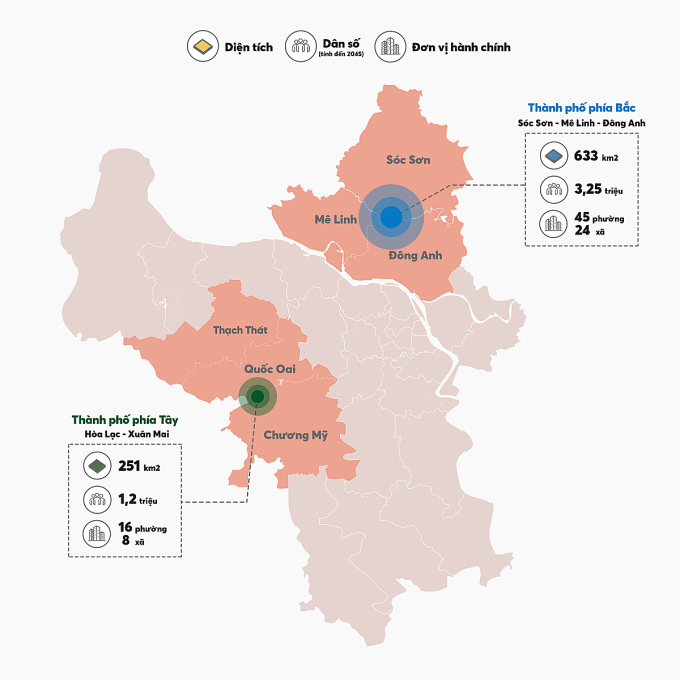
The study area covers two cities north and west of Hanoi. Graphic: Do Nam
Agreeing with the idea of a city within the capital, Dr. Architect Ngo Trung Hai, Vice President of the Vietnam Urban Planning and Development Association, commented that Hanoi, with its area of over 3,000 km2 and current population growth, is very favorable for establishing a city within the capital.
The global trend is that more people live in urban areas than in rural areas, and cities are gradually expanding, creating a need for separate administrative units. This is an inevitable development need, giving rise to the "city within a city" model, reducing the burden on the central urban area. Such cities require a new administrative apparatus to manage and develop according to their objectives.
Experience from other countries shows that when urbanization reaches 60-80%, development is good, self-governing is possible, and tax revenue sharing with the government is higher. The nature of a region with many satellite cities helps to avoid pressure from traffic, environmental pollution, education, and healthcare.
Challenges of creating a city within a city
According to regulations, an urban area is a city within a central city that must have a population of 500,000 or more, with the inner city having a population of 200,000 or more. The proportion of non-agricultural workers in the entire urban area must reach 65% or more; in the inner city, it must reach 85% or more.
According to architect Dao Ngoc Nghiem, Vice President of the Vietnam Urban Planning and Development Association, the proportion of agricultural land in Me Linh and Soc Son districts is still quite large. Soc Son district has agricultural land accounting for 60% of its total natural land area, including protective forest land, so the non-agricultural labor force only reaches about 40%, which cannot meet the standards of an urban area.
Mr. Nghiem argued that the northern city, encompassing the three districts of Soc Son, Dong Anh, and Me Linh with an area of 633 km2, is too large, resulting in disparities in urbanization and a dispersion of investment resources. He proposed that Dong Anh become the new central city in the North instead of Soc Son.
"Implementing the 'city within the capital' model will be advantageous and create momentum, but it requires an appropriate roadmap. The goal of achieving urbanization targets should be prioritized above all else, rather than focusing on the name and changing the seal of administrative agencies," Mr. Nghiem said.
Mr. Tran Ngoc Chinh, Chairman of the Vietnam Urban Planning and Development Association, also believes that Dong Anh district meets the criteria to be a district-level administrative unit, while Soc Son and Me Linh districts do not. Upgrading these three districts to cities will be very difficult and depends on the rate of urbanization. The time it takes for a large district to become a city under its direct administration can be lengthy and requires a roadmap.
From a city perspective, architect Ngo Trung Hai believes that establishing a new city in the north has many disadvantages for Hanoi as a whole. The core of the capital will lack a financial and exhibition center because these are already planned in Dong Anh district. Noi Bai Airport will no longer be under the management of Hanoi but will be located within the new city, under the management of a different government.
Furthermore, if Hanoi plans to develop the Red River into a scenic axis within the city, it will still require a separate administration to manage both the areas north and south of the Red River.
At the time the Prime Minister approved the General Planning for the Construction of Hanoi in 2011, there was no model of a city within a city. It wasn't until 2016, when the Standing Committee of the National Assembly issued resolutions on urban classification and administrative unit standards, that the existence of cities within cities under the central government was identified and recognized. To date, only Thu Duc is a city within Ho Chi Minh City with the unique characteristic of being a developed urban area.
Investment attraction policies are needed to create leverage.
To make the "city within the capital" model feasible, Mr. Nghiem suggested that Hanoi should learn from the experience of Thu Duc City, and identify a more specific future development direction for the two cities in order to create policies that generate resources. The new cities need economic development policies that create job opportunities and provide better housing for residents to alleviate congestion in the inner city.
According to architect Ngo Trung Hai, Hanoi's new city needs a truly effective government to revitalize these areas. The Hanoi government needs to carefully study the option of establishing the new city in the north or west, and then develop a process for creating a new city under the city's jurisdiction. Furthermore, Hanoi needs policies to attract investment and mechanisms that create leverage rather than obstacles.
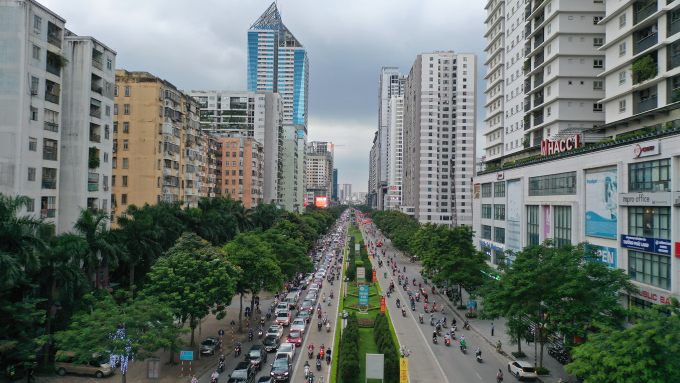
Le Van Luong Street has a high density of high-rise buildings. Photo: Ngoc Thanh
Having participated in the development of the 1259 master plan, former Deputy Minister of Construction and architect Tran Ngoc Chinh still assesses this plan as having a "good vision," and therefore should inherit some orientations such as the model of a central city and satellite cities. This model is suitable for the reality of Hanoi, based on development experience in cities such as Paris (France), Tokyo (Japan), Seoul (Korea)...
"New cities still have satellite towns within them, each with its own function, all aimed at relieving population pressure away from the central urban area," Mr. Chinh said.
To develop satellite cities into ideal places to live, Mr. Tran Ngoc Chinh suggested that Hanoi needs to allocate resources to connecting transportation infrastructure, especially investing in urban rail and expressways between the central city and satellite cities. The city needs to quickly implement policies to attract capable investors to build new urban areas and functional cities according to planning, capable of competing with the inner city. Satellite cities with good technical and social infrastructure will attract residents, reducing the burden on the inner city.
Dr. Dao Ngoc Nghiem also suggested that Hanoi should steadfastly implement the cluster urban model, which is an effective model for a capital city of such large scale. The city needs to balance public investment resources for satellite urban infrastructure and have preferential policies for businesses and people to live there.
Drawing on the Japanese experience, architect Trinh Viet A, an expert in architectural planning, stated that the Tokyo area, encompassing Tokyo and surrounding prefectures, still has large satellite cities that help to disperse the population and balance the concentration of people in the capital.
Tokyo's urban planning is based on metropolitan train lines encircling the central area, with compact urban areas harmoniously arranged next to train stations. The extensive subway and city bus system minimizes the need for private vehicles among inner-city residents. In these compact urban areas within central Tokyo, despite high population density and numerous high-rise buildings, traffic congestion is avoided thanks to the convenient public transportation system.
Regarding Hanoi, architect Trinh Viet A believes that the city government needs to urgently invest in a public transportation network within the city center and connect it with satellite cities, while controlling population density in the inner city to match the existing infrastructure. "The transportation system, green spaces, and water bodies need to accommodate population growth to ensure social welfare for the people," Mr. Viet A said.
Source link




![[Photo] Prime Minister Pham Minh Chinh holds a phone call with the CEO of Russia's Rosatom Corporation.](/_next/image?url=https%3A%2F%2Fvphoto.vietnam.vn%2Fthumb%2F1200x675%2Fvietnam%2Fresource%2FIMAGE%2F2025%2F12%2F11%2F1765464552365_dsc-5295-jpg.webp&w=3840&q=75)
![[Photo] Closing Ceremony of the 10th Session of the 15th National Assembly](/_next/image?url=https%3A%2F%2Fvphoto.vietnam.vn%2Fthumb%2F1200x675%2Fvietnam%2Fresource%2FIMAGE%2F2025%2F12%2F11%2F1765448959967_image-1437-jpg.webp&w=3840&q=75)


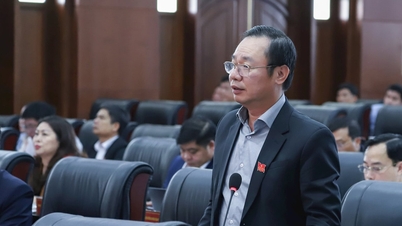

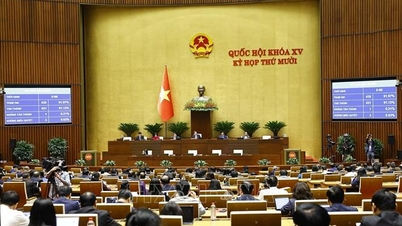


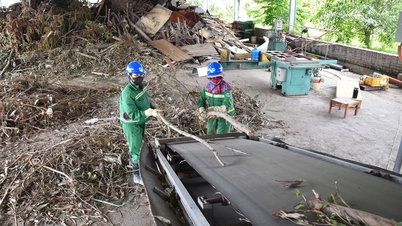

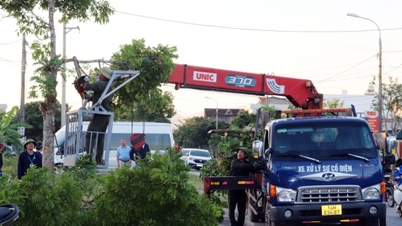

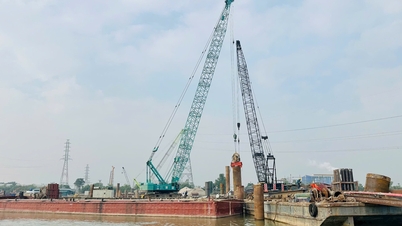
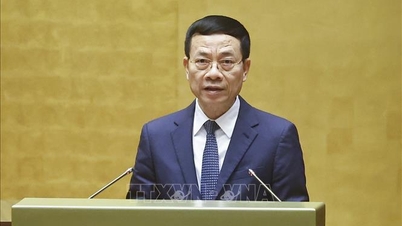
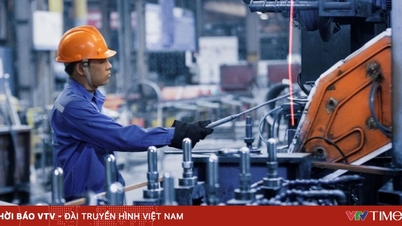



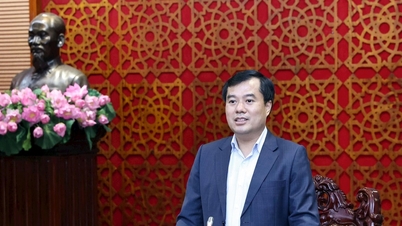


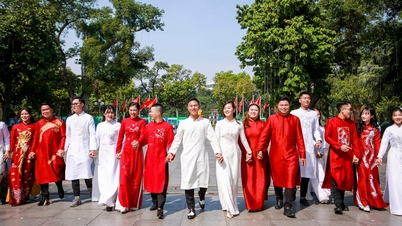











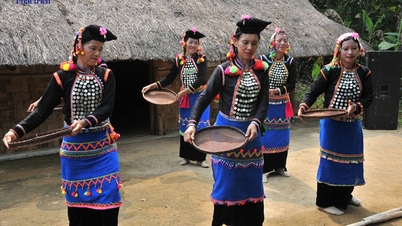

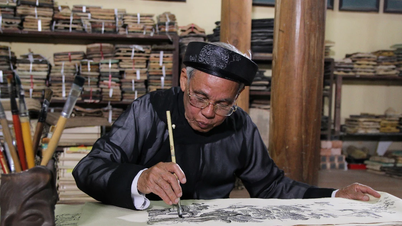

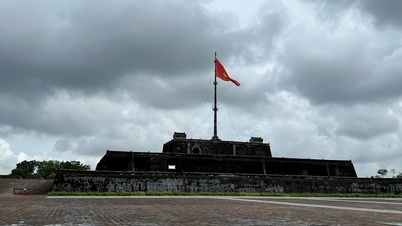

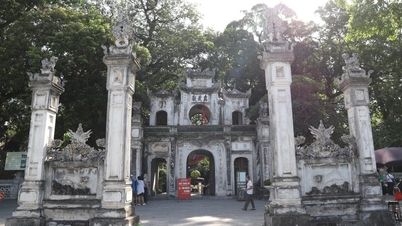

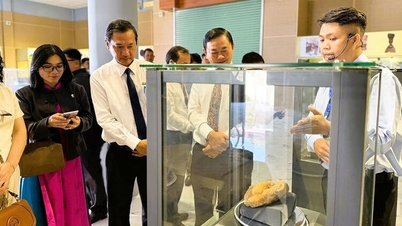

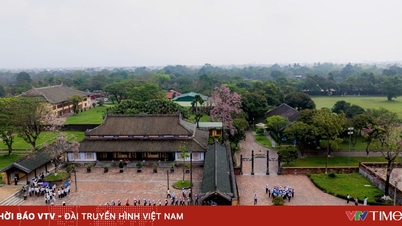
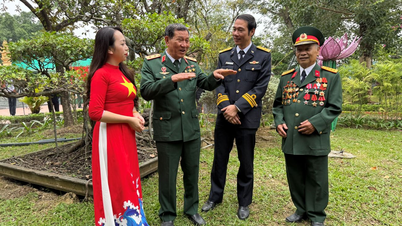



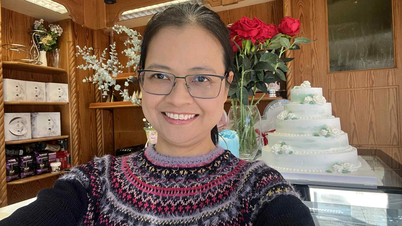

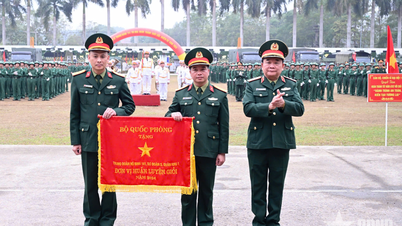
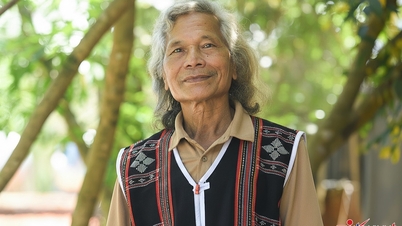



![[OFFICIAL] MISA GROUP ANNOUNCES ITS PIONEERING BRAND POSITIONING IN BUILDING AGENTIC AI FOR BUSINESSES, HOUSEHOLDS, AND THE GOVERNMENT](https://vphoto.vietnam.vn/thumb/402x226/vietnam/resource/IMAGE/2025/12/11/1765444754256_agentic-ai_postfb-scaled.png)



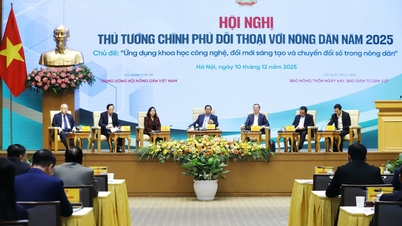










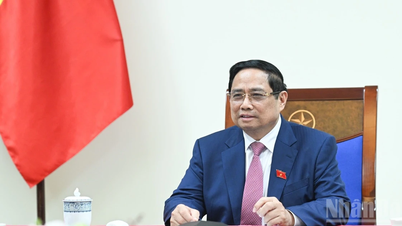
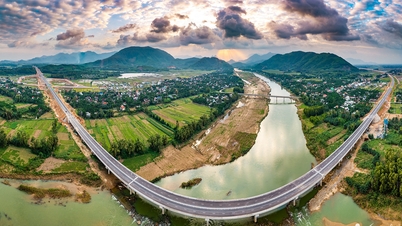

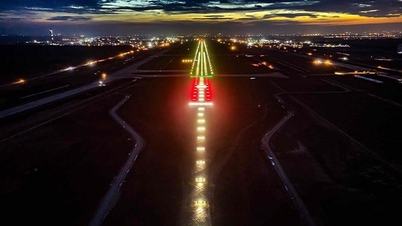



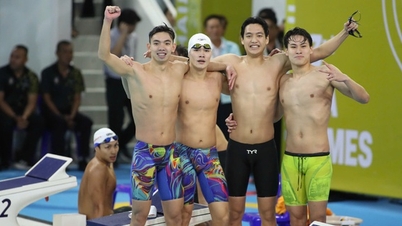

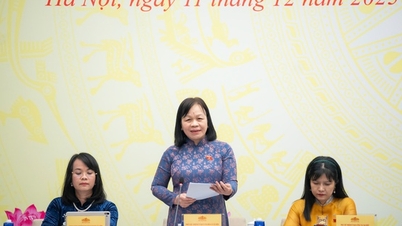

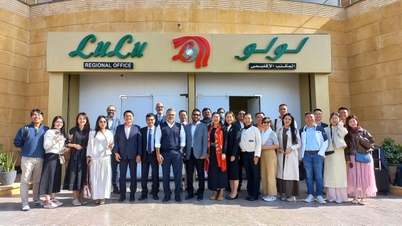

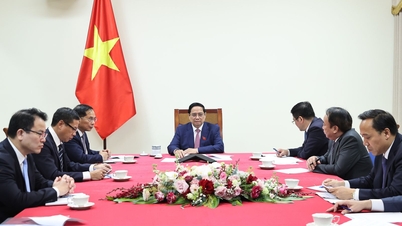

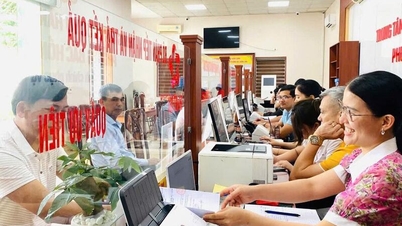
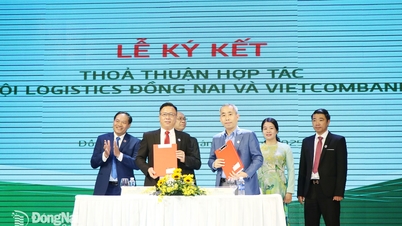







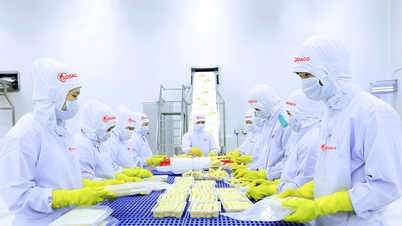












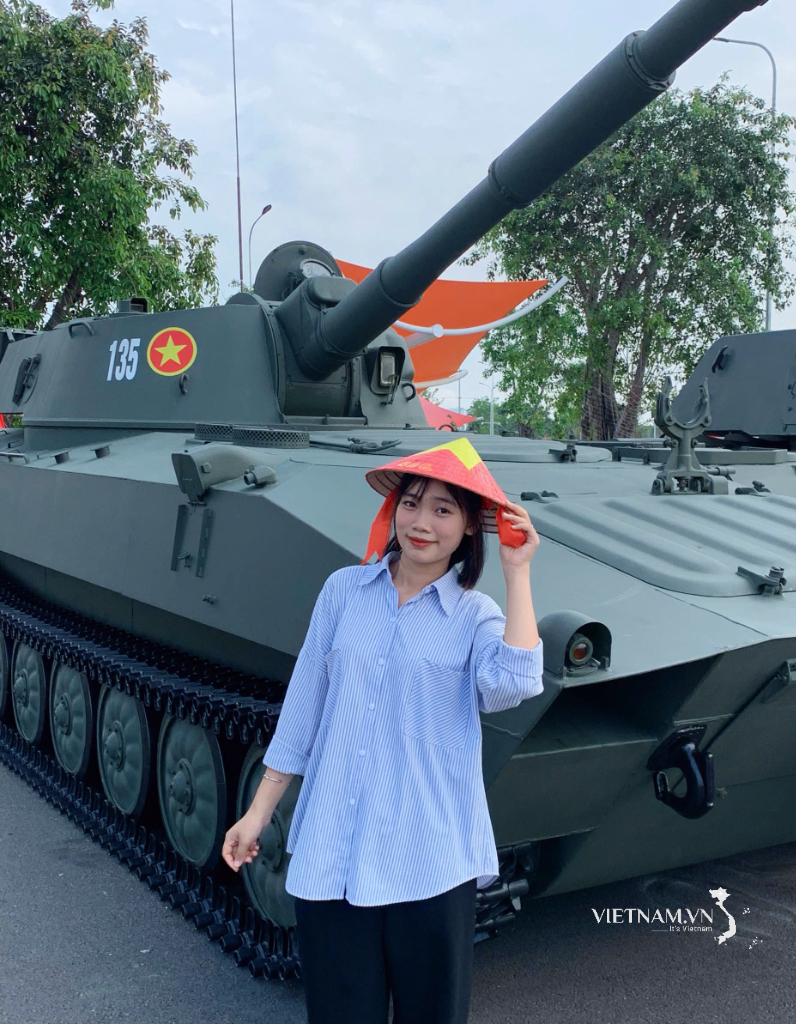
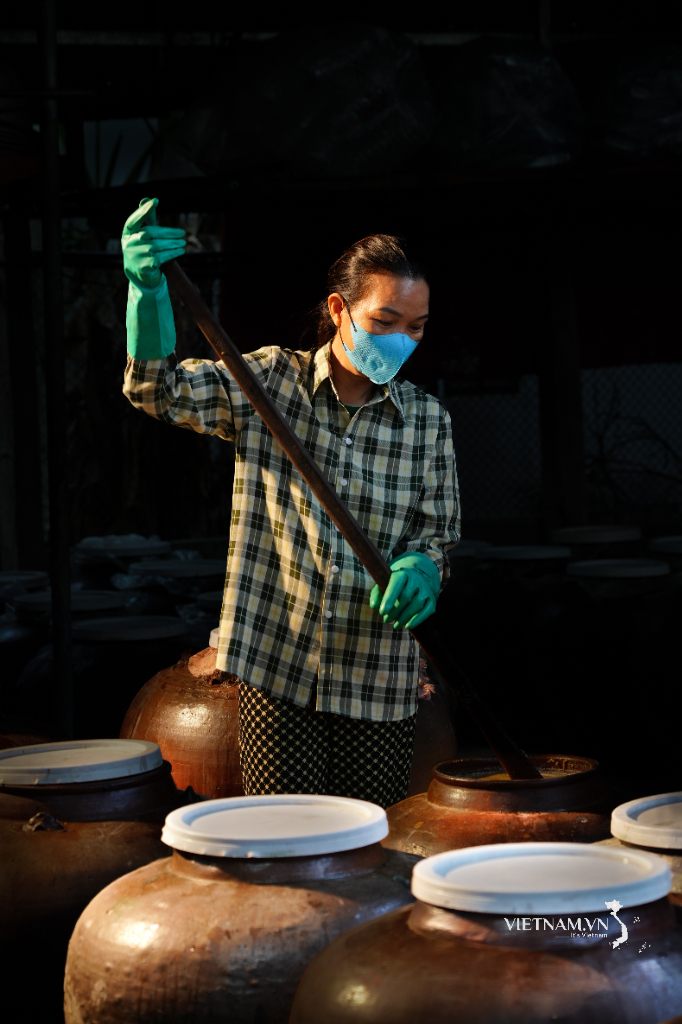


Comment (0)